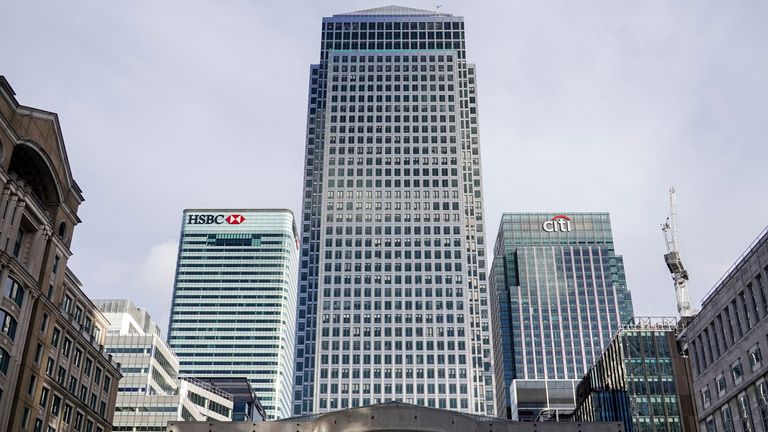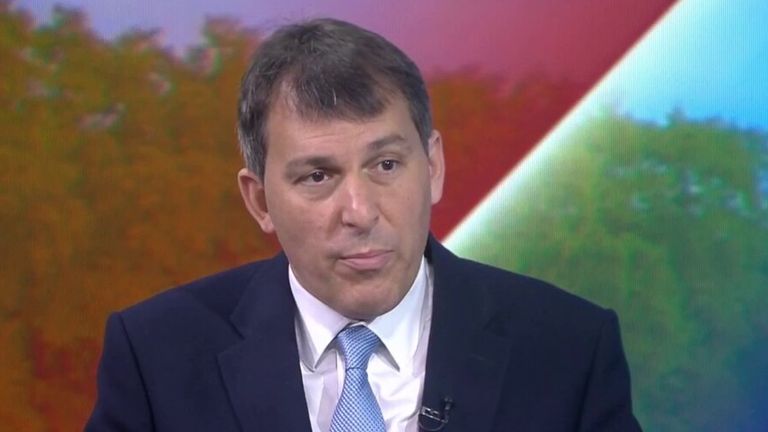Money markets have begun to price in a Bank of England interest rate of 6.5%.
The interest rate on ten year government bonds (the gilt yield as it’s sometimes called) exceeded the peak it hit after the mini-budget of September last year – that one which provoked a crisis in many parts of the bond market.
The average rate on a five-year fixed rate mortgage (the most popular maturity these days) has risen beyond 6%.
In short, money seems to be getting more expensive for everyone, everywhere. And while the UK is certainly seeing bigger increases than elsewhere – something we’ll get back to in a moment – it’s worth noting that interest rate expectations are rising in other places too.
Traders are now betting on 5.5% central bank rates in the US and 4% rates in the eurozone.
It stems from the fact that much of the data in much of the world looks that little bit more inflationary than economists had expected.
The UK is the country that stands out the most here. The UK CPI rate has remained stubbornly higher than expected – as have the other underlying measures such as “core” inflation (excluding volatile stuff) and services inflation, which the Bank of England likes to focus on.
But look at a host of other metrics from elsewhere and it’s clear the economy is that bit stronger than expected.
The latest such nugget from the US was a big increase in jobs – the biggest in more than a year – which implies that people’s spending power will increase and alongside it the prices charged by retailers.
It all points to the likelihood that central bankers will have to do considerably more to bring prices back towards their targets.
Indeed, markets are now pricing in yet another half percentage point increase from the Bank of England at its next meeting next month, which would take UK official rates to 5.5%.
It’s hard to emphasise the speed and severity of this shift.
Not long ago most economists and traders were betting that UK borrowing costs were unlikely to exceed 5% and many thought they would settle far below them. Now we are heading well beyond that.
And these numbers have very real, very far-reaching consequences.
Higher borrowing costs mean mortgage holders will be even more squeezed, which in turn means rents are likely to rise higher.
Higher bond rates means the government will have even less room for fiscal largesse. Jeremy Hunt’s hoped-for pre-election tax cuts no longer look quite as achievable as they did only a few months ago.
On the flipside, these higher rates should mean higher savings rates, though the reality is that banks are far quicker to pass on these increases to borrowers than they are to savers.
The real question now is whether the impending data does anything to change this upwards spiral.
There is a chance that rather than coming in above expectations, inflation numbers begin to conform to expectations or even undershoot them. If that happens then much of the current upwards movement may begin to lose momentum.
However, the problem with inflation is that it is a contagious, unpredictable phenomenon. No-one entirely understands the psychology of how and why people begin to expect prices to keep rising. But we know that once that psychology gets baked into the economy then inflation becomes fiendishly difficult to shift.
The numbers that come out from the ONS and its sister organisations around the world will be unusually important in the coming months.


